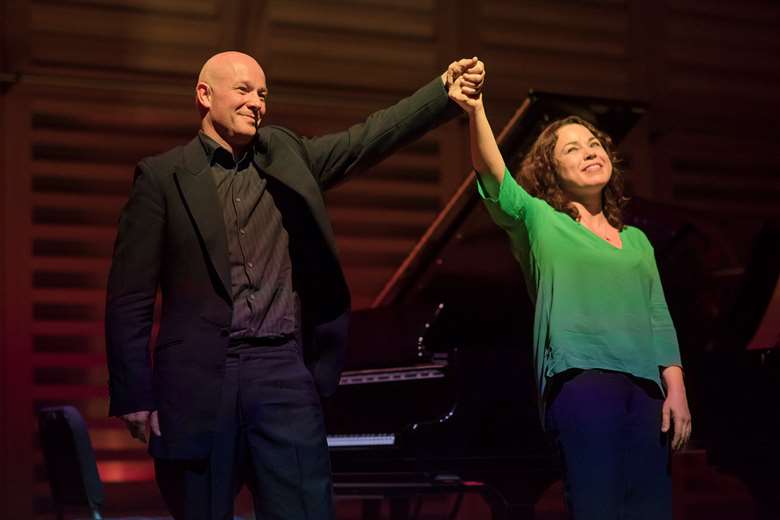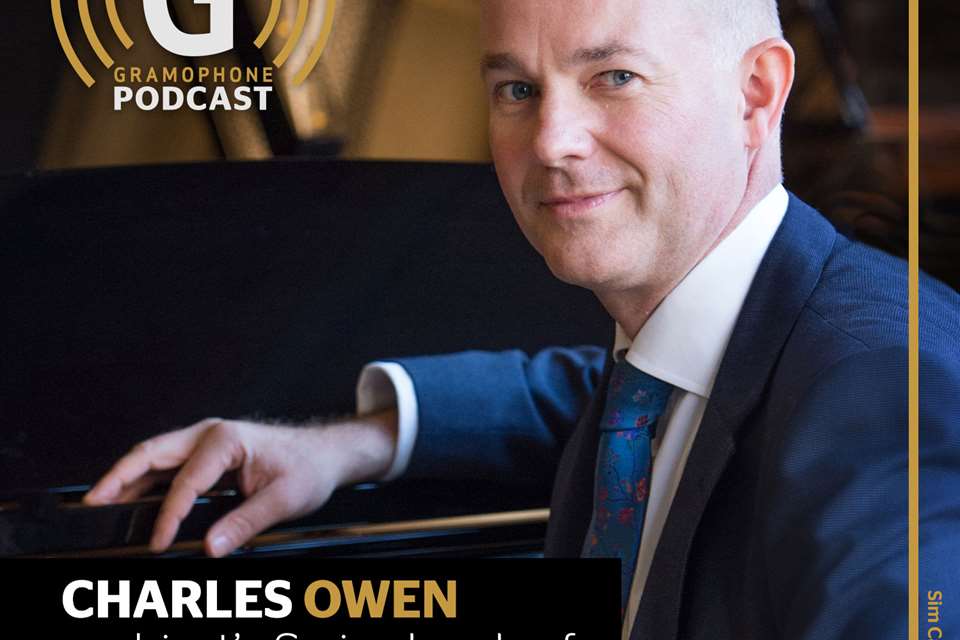The art of playing piano duets
Charles Owen
Friday, November 17, 2023
'Listening skills, dialogue and a sense of shared endeavour are essential components, as in any chamber music collaboration'

Register now to continue reading
Thanks for exploring the Gramophone website. Sign up for a free account today to enjoy the following benefits:
- Free access to 3 subscriber-only articles per month
- Unlimited access to our news, podcasts and awards pages
- Free weekly email newsletter









